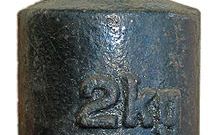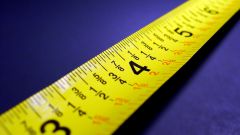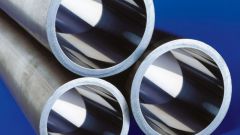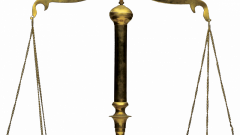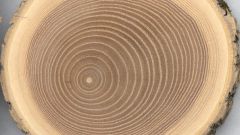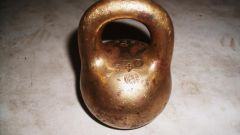You will need
- calculator.
Instruction
1
To find the mass of the body, multiply its volume by the density, which can be found in reference literature. Figure 1 shows the density of common substances. Note that the values are specified at a certain temperature, i.e. if you want to find the mass of the cooled or heated substance, you have to take it into account in the calculations.
2
Is to find the amount. Based on the fact that the area is known you can find the volume using standard formulas for different geometric shapes. Thus, the volume of direct parallelepiped equals the area of its base by its height. The volume of a sphere can be found by dividing the area of the sphere raised to the power 3/2, the product of six and the square root of π. The volume of the cone by dividing the product of the area of the base of the cone and its height three. The volume of a cylinder — multiply the area of the base of the cylinder to its height.
3
As can be seen, only in the case of the ball it is possible to derive a formula that uses exclusively the area of its surface, in other cases, the necessary additional parameters.
To overcome this difficulty you have the support of CC and All its edges have equal length, so the total area of the surface is equal to 6*a^2. This famous square you can find the edge length it will be equal to the square root of S/6, where S is the total area of the surface of the cube. You can now find the volume of a cube, elevating the resulting edge length in the third degree.
To overcome this difficulty you have the support of CC and All its edges have equal length, so the total area of the surface is equal to 6*a^2. This famous square you can find the edge length it will be equal to the square root of S/6, where S is the total area of the surface of the cube. You can now find the volume of a cube, elevating the resulting edge length in the third degree.
4
Knowing the area of the surface of a certain shape, you can imagine a cube with exactly the same areaof the surface and find its volume as shown above. It will be equivalent to the volume of a solid with given areaof surface.
5
Thus, knowing the area of the surface of even very complex shapes, you can always keep finding volume to finding the volume of a cube is equal to the area. Then you can find the massby multiplying the resulting value by the density of the substance. Of course, this method will have a significant error, but the approximate mass of the object you see.

